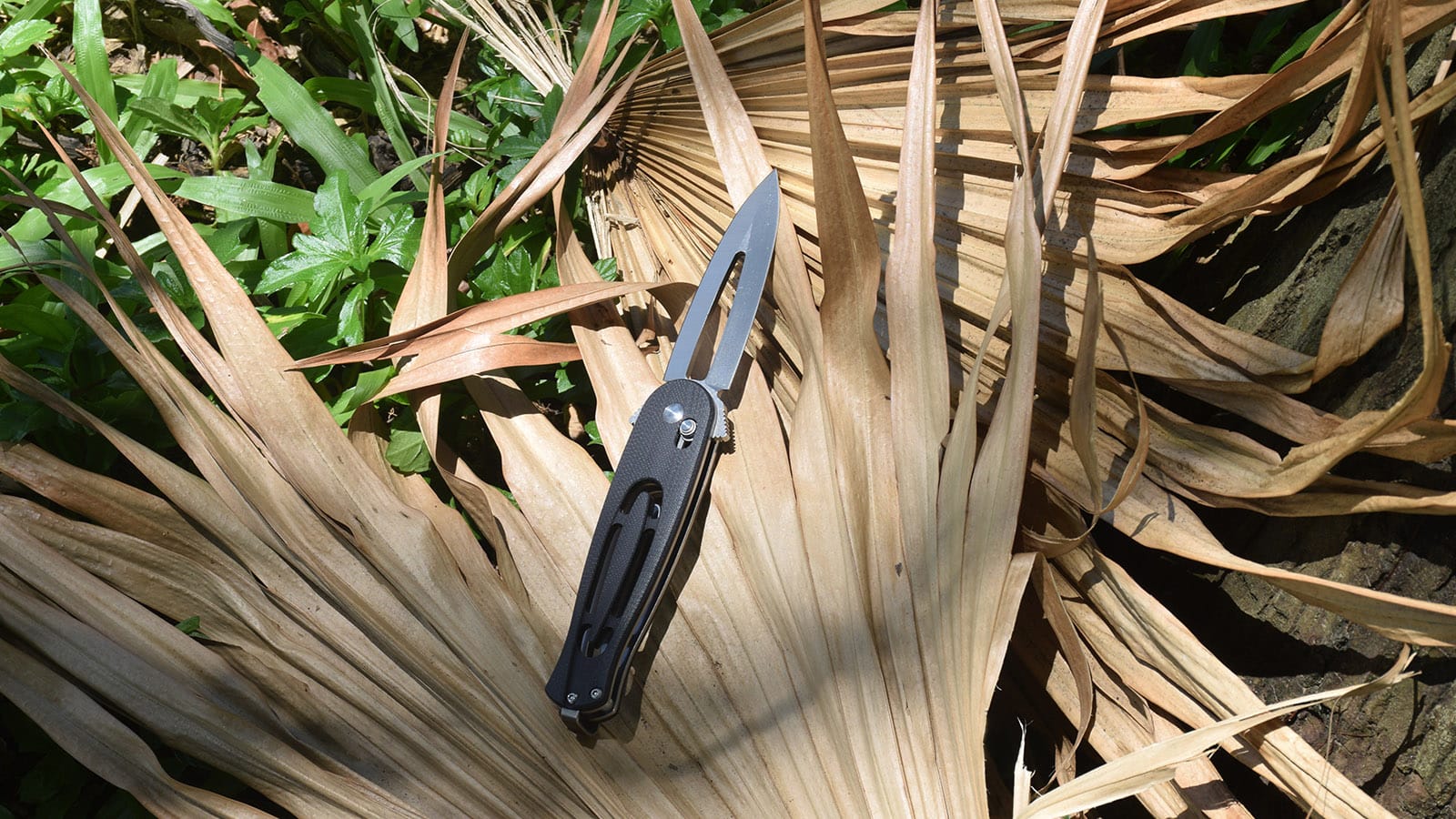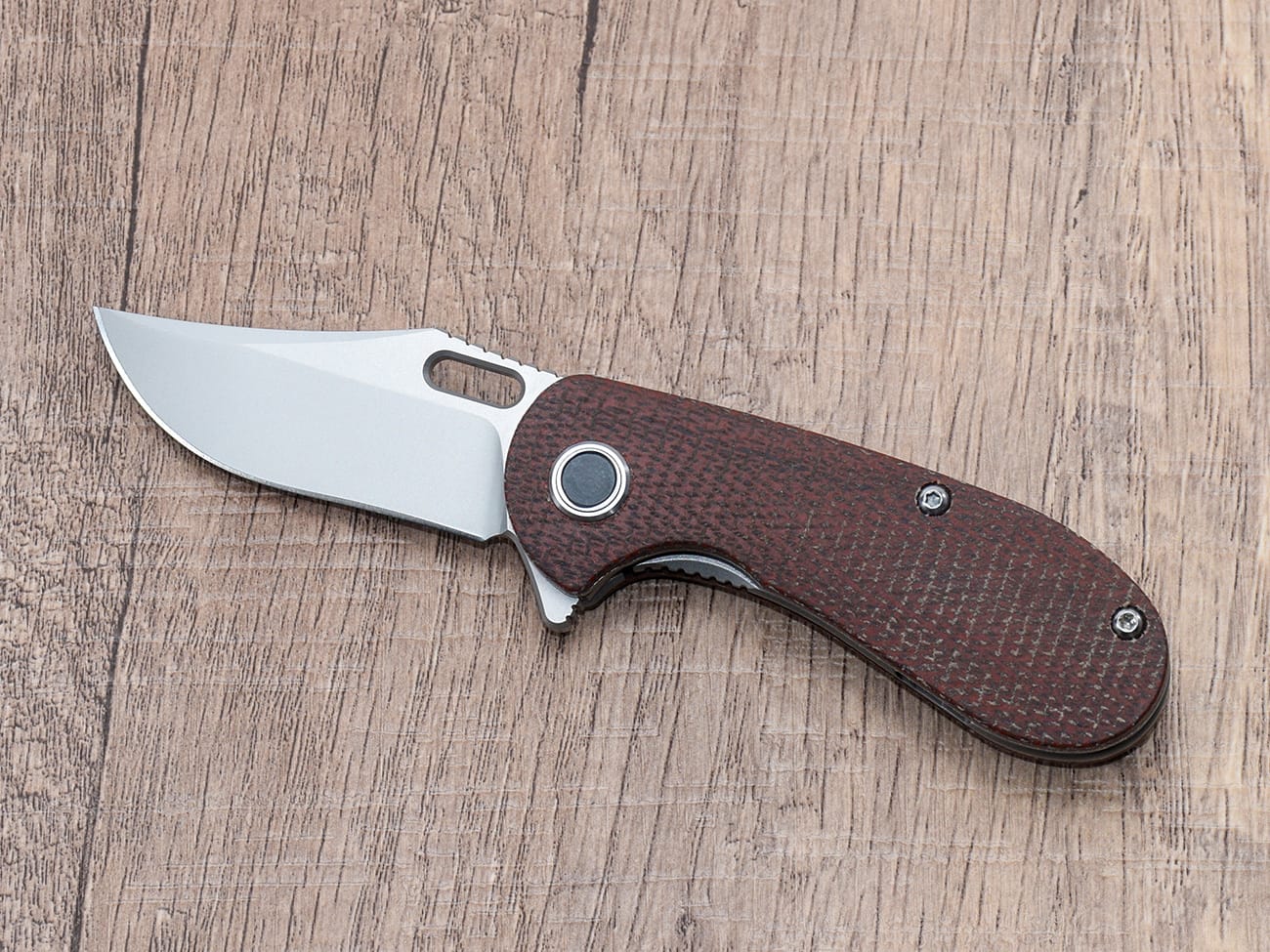Are you wondering how to keep your trusty pocket knife in top shape? Cleaning your pocket knife is essential for maintaining its performance, longevity, and safety. In this comprehensive guide, we’ll walk you through the process of thoroughly cleaning your pocket knife, whether you’re dealing with a dirty blade or need to clean the entire knife without taking it apart. From removing gunk to preventing rust, we’ve got you covered. Let’s dive in and learn how to make your pocket knife shine like new!
Why is Cleaning Your Pocket Knife Important?
Before we get into the nitty-gritty of cleaning, let’s understand why it’s crucial to keep your pocket knife clean:
- Hygiene: A clean knife is essential for food preparation and first aid tasks.
- Performance: Dirt and debris can affect the knife’s cutting ability and smooth operation.
- Longevity: Regular cleaning prevents rust and corrosion, extending your knife’s lifespan.
- Safety: A well-maintained knife is less likely to slip or malfunction during use.
What Tools and Materials Do You Need?
To clean your pocket knife effectively, gather these items:
- Warm water
- Mild dish soap
- Soft cloth or paper towels
- Old toothbrush
- Q-tips
- Rubbing alcohol
- Mineral oil or knife lubricant
- Compressed air (optional)
How Often Should You Clean Your Pocket Knife?
The frequency of cleaning depends on how often you use your knife and in what conditions. As a general rule:
- Light use: Clean every 1-2 months
- Regular use: Clean every 2-4 weeks
- Heavy use or exposure to dirt/moisture: Clean after each use
What’s the Best Way to Clean the Blade?
The blade is the most critical part of your pocket knife. Here’s how to clean it properly:
- Open the blade fully.
- Rinse the blade under warm water to remove loose dirt.
- Apply a small amount of mild dish soap to the blade.
- Gently scrub the blade with an old toothbrush, paying attention to both sides and the spine.
- Rinse thoroughly with warm water.
- Dry the blade completely with a soft cloth or paper towel.
For stubborn stains or sticky residue, use rubbing alcohol on a cloth to clean the affected areas.
How Do You Clean the Pivot and Locking Mechanism?
The pivot and locking mechanism are crucial for your knife’s smooth operation. Here’s how to clean them:
- Open and close the blade several times to work out any loose debris.
- Use compressed air to blow out dirt from the pivot area.
- Dip a Q-tip in rubbing alcohol and clean around the pivot and locking mechanism.
- For folding knives, clean the liner lock or frame lock with a cloth dampened with rubbing alcohol.
- Allow the alcohol to evaporate completely.
What’s the Process for Cleaning the Handle?
The handle of your pocket knife can accumulate dirt and grime over time. Here’s how to clean it:
- Use a damp cloth with mild soap to wipe down the handle.
- For textured handles (like G10 or micarta), use an old toothbrush to scrub gently.
- For wooden handles, use a barely damp cloth to avoid oversaturating the wood.
- Dry the handle thoroughly with a clean cloth.
How Can You Clean Your Pocket Knife Without Taking It Apart?
If you’re not comfortable disassembling your knife, you can still clean it effectively:
- Open the blade and lock it in place.
- Run the knife under warm water, allowing it to flow through the pivot area.
- Apply a small amount of mild dish soap to an old toothbrush.
- Gently scrub all accessible areas, including the blade, handle, and around the pivot.
- Rinse thoroughly under running water.
- Shake off excess water and dry with a clean cloth.
- Leave the knife open to air dry completely.
What’s the Best Way to Remove Rust from Your Pocket Knife?
If you notice rust on your knife, don’t panic. Here’s how to remove it:
- For light rust, use a mixture of baking soda and water to form a paste.
- Apply the paste to the rusted areas and gently scrub with an old toothbrush.
- Rinse and dry thoroughly.
- For more stubborn rust, use fine-grit sandpaper or steel wool, rubbing gently in the direction of the blade’s grain.
- After removing the rust, apply a thin layer of mineral oil to prevent future rusting.
How Do You Lubricate Your Pocket Knife After Cleaning?
Proper lubrication is crucial for your knife’s smooth operation:
- Ensure the knife is completely dry after cleaning.
- Apply a small amount of mineral oil or knife-specific lubricant to the pivot area.
- Open and close the blade several times to distribute the lubricant.
- Wipe away any excess oil with a clean cloth.
Avoid using WD-40 or cooking oils, as they can gum up the mechanism over time.
What Are Some Tips for Maintaining Your Pocket Knife Between Cleanings?
To keep your pocket knife in top condition between deep cleanings:
- Wipe the blade clean after each use.
- Store your knife in a dry place when not in use.
- Avoid exposing your knife to excessive moisture or saltwater.
- Regularly check for loose screws and tighten if necessary.
- Apply a drop of oil to the pivot every few weeks for smooth operation.
How Can You Sharpen Your Pocket Knife?
A sharp knife is a safe knife. Here’s a quick guide to sharpening:
- Choose the right sharpening tool (whetstone, ceramic rod, or sharpening system).
- Maintain a consistent angle (usually 15-20 degrees) while sharpening.
- Start with the coarse side of your sharpener and progress to finer grits.
- Alternate sides of the blade to ensure even sharpening.
- Finish with a leather strop to polish the edge.

What Should You Avoid When Cleaning Your Pocket Knife?
To prevent damage to your knife during cleaning:
- Don’t use harsh chemicals or abrasive materials.
- Avoid soaking your knife for extended periods.
- Don’t put your pocket knife in the dishwasher.
- Be careful not to bend or damage the blade tip while cleaning.
- Don’t force the blade open or closed if it feels stuck.
How Do You Clean a Multi-Tool Pocket Knife?
Multi-tool pocket knives require special attention due to their various components:
- Open all tools and locks.
- Clean each tool individually using the methods described above.
- Pay extra attention to joints and pivot points.
- Use compressed air to blow out debris from hard-to-reach areas.
- Lubricate all moving parts lightly.
What Are Some Common Mistakes to Avoid When Cleaning Your Pocket Knife?
Be aware of these common pitfalls:
- Over-lubricating, which can attract dirt and grime.
- Using the wrong cleaning agents, potentially damaging the knife.
- Neglecting to dry the knife thoroughly, leading to rust.
- Applying too much pressure when cleaning, risking damage to the blade or mechanism.
- Forgetting to clean the locking mechanism, affecting the knife’s safety.
How Can You Tell If Your Pocket Knife Needs Professional Cleaning or Repair?
Sometimes, a professional touch is necessary. Consider seeking expert help if:
- The knife mechanism feels gritty or stiff even after cleaning.
- There’s visible corrosion that you can’t remove.
- The blade is chipped or severely damaged.
- The locking mechanism isn’t functioning properly.
- You’re uncomfortable disassembling the knife for a deep clean.
What’s the Best Way to Store Your Pocket Knife After Cleaning?
Proper storage is crucial for maintaining your newly cleaned pocket knife:
- Ensure the knife is completely dry before storing.
- Store in a cool, dry place away from direct sunlight.
- Use a knife pouch or case to protect it from dust and scratches.
- For long-term storage, apply a light coat of protective oil to prevent rust.
- Keep the knife easily accessible but out of reach of children.
How Can You Prevent Your Pocket Knife from Getting Dirty in the First Place?
Prevention is better than cure. Here are some tips to keep your knife clean:
- Wipe the blade after each use, especially after cutting food or sticky substances.
- Avoid using your knife for tasks it’s not designed for, like prying or screwing.
- Keep your knife in a protective sheath or case when not in use.
- Be mindful of the environments you use your knife in, avoiding excessive dirt or moisture.
- Regularly oil the pivot and moving parts to repel dirt and moisture.
Conclusion: Keeping Your Pocket Knife Clean and Functional
Cleaning your pocket knife is an essential part of knife ownership and maintenance. By following these steps and tips, you can ensure that your folding knife remains a reliable tool for years to come. Remember, a clean knife is a safe knife, and regular maintenance will not only extend the life of your pocket knife but also enhance its performance.Here’s a quick summary of the most important points to remember:
- Clean your knife regularly based on usage
- Use mild soap and warm water for general cleaning
- Pay special attention to the pivot and locking mechanism
- Remove rust promptly to prevent further damage
- Lubricate sparingly after cleaning
- Store your knife properly in a dry place
- Sharpen your knife when necessary for optimal performance
By incorporating these practices into your knife care routine, you’ll always have a clean, sharp, and reliable pocket knife at your disposal. Happy cleaning!




